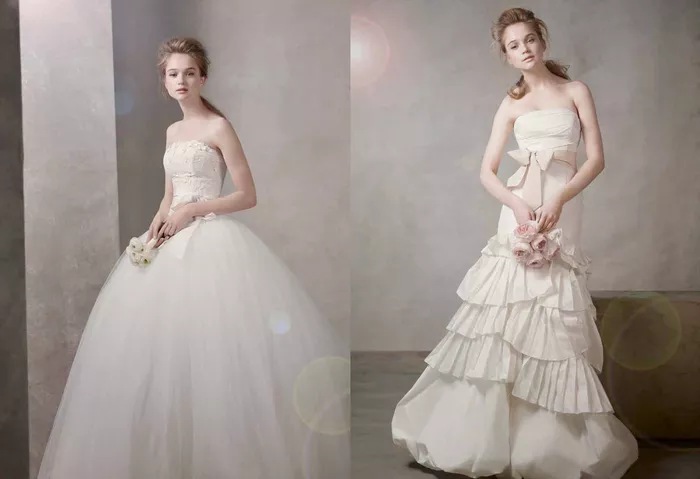The wedding fashion industry is undergoing a quiet revolution as designers finally prioritize true inclusivity, creating adaptive clothing that accommodates diverse bodies, abilities, and needs. This movement goes beyond simple size extensions to fundamentally reimagine how wedding attire functions, offering solutions for wheelchair users, those with sensory sensitivities, medical device wearers, and others traditionally underserved by bridal fashion. The result is a new era where personal style no longer needs to be compromised by physical considerations.
Adaptive wedding wear incorporates innovative design elements that maintain aesthetic beauty while addressing practical needs. Magnetic closures replace tricky buttons for arthritis sufferers, convertible hemlines allow dresses to be shortened for wheelchair use after the ceremony, and weighted seams help those with balance concerns feel more grounded. Designers are using stretch fabrics with structural integrity for comfortable all-day wear, and developing creative solutions like detachable trains that can be removed when mobility becomes challenging. One bride with multiple sclerosis worked with a designer to create a gown with hidden handles in the bodice that her groom could grasp to help stabilize her during moments of unsteadiness without altering the dress’s elegant appearance.
The sensory-friendly wedding attire market has exploded in response to neurodiverse needs. Designers now offer options without scratchy tags, irritating lace, or constricting elements that can overwhelm sensitive individuals. Soft, breathable fabrics in forgiving silhouettes allow comfort throughout long wedding days. Some collections feature “quiet” designs with smooth lines and minimal embellishments for those who find excessive detailing distracting or uncomfortable. Grooms with sensory preferences can find suits with seamless interiors and alternative closure systems that eliminate the discomfort of traditional stiff collars and waistcoats.
Mastectomy-friendly bridal wear has seen particularly inspiring innovation. Designers are creating gowns with built-in pockets for prostheses, strategic draping that flatters post-surgical bodies, and supportive structures that eliminate the need for uncomfortable traditional bras. Some boutiques now offer private consultations with specialists who understand the unique needs of brides who’ve undergone breast cancer treatments, helping them feel beautiful and confident without compromising medical necessities.
The adaptive fashion movement extends beyond clothing to all aspects of wedding attire. Shoe designers are creating elegant yet supportive footwear with features like adjustable ankle support, non-slip soles, and hidden orthotic accommodations. Jewelry makers are developing easy-clasp necklaces and magnetic bracelets for those with limited dexterity. Even veils and headpieces are being reimagined with lightweight materials and comfortable securing systems that won’t cause headaches.
This shift is being driven by both consumer demand and a new generation of designers with personal connections to disability and accessibility needs. Many adaptive fashion pioneers entered the field after struggling to find suitable wedding attire for themselves or loved ones. Their lived experience informs designs that truly work rather than just paying lip service to inclusivity. Social media has amplified their impact, with hashtags like #AdaptiveBride creating communities where individuals can share solutions and recommendations.
Retailers are slowly catching up, with some forward-thinking bridal shops creating dedicated adaptive fitting rooms equipped with seating lifts, full-length mirrors at wheelchair height, and trained staff who understand various accessibility requirements. Online retailers are improving their platforms with detailed size calculators, fabric sensation descriptions, and video consultations to help remote shoppers find perfect fits.
The psychological impact of this movement is profound. Individuals who previously dreaded wedding attire shopping due to negative past experiences are finding joy in the process as their needs are finally acknowledged and addressed. The message is clear: everyone deserves to feel beautiful on their wedding day, and physical differences shouldn’t require compromising personal style. As adaptive wedding fashion continues to evolve, it’s not just changing wardrobes – it’s transforming entire wedding experiences by removing barriers to self-expression and confidence.


